
The Haslam System of Dressmaking No. 5 the 1920s Flapper Etsy UK Dressmaking, Flapper style
History of fashion design refers specifically to the development of the purpose and intention behind garments, shoes, accessories, and their design and construction. The modern industry, based around firms or fashion houses run by individual designers, started in the 19th century with Charles Frederick Worth who, beginning in 1858, was the first designer to have his label sewn into the.

Madame Dedal VINTAGE DRESSMAKING Dressmaking, Sewing book, Vintage
History 11th century In the 11th century, women in Europe wore dresses that were similar to men's tunics and were loose, with a hemline reaching to below the knees or lower. [8] By the end of the century, these dresses featured a tighter fit on the arms and women's upper bodies. [8]
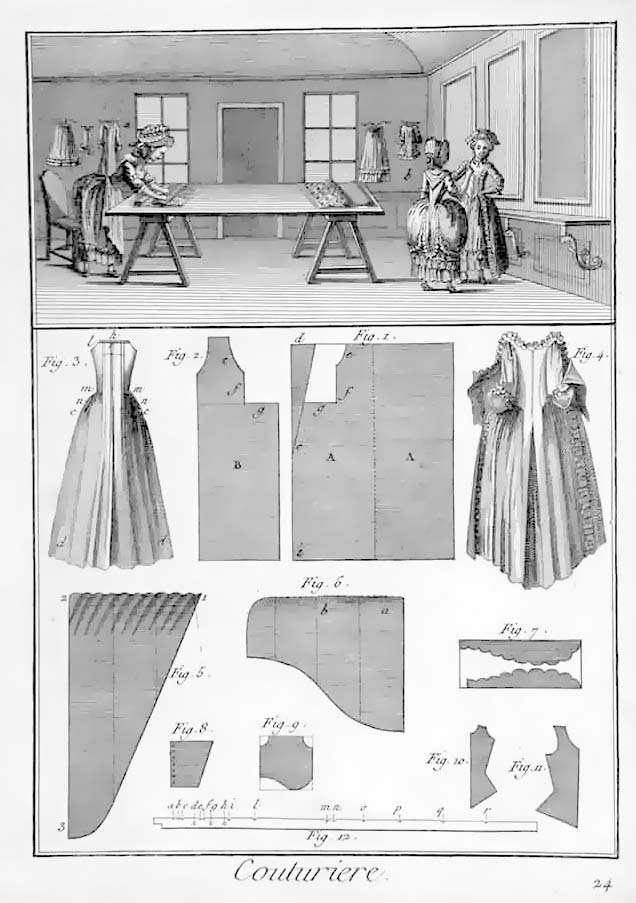
Free Historical Costume Patterns Available Online
dress, clothing and accessories for the human body.The variety of dress is immense. The style that a particular individual selects is often linked to that person's sex, age, socioeconomic status, culture, geographic area, and historical era. This article considers the chronological development of fashionable dress and decoration—that is, the attire selected and adopted by the leading.

1928 Print McCalls Women Children Flapper Fashion Dressmaking Patterns Frocks eBay 20s Fashion
Custom Dressmaking, 1880-1920. Throughout the nineteenth century, custom dressmaking was one of the few socially acceptable professions for women of multiple ages and classes, including immigrants, young farm girls, wives, and widows. Dressmaking establishments—run and staffed primarily by women—provided creative labor, living wages, and.
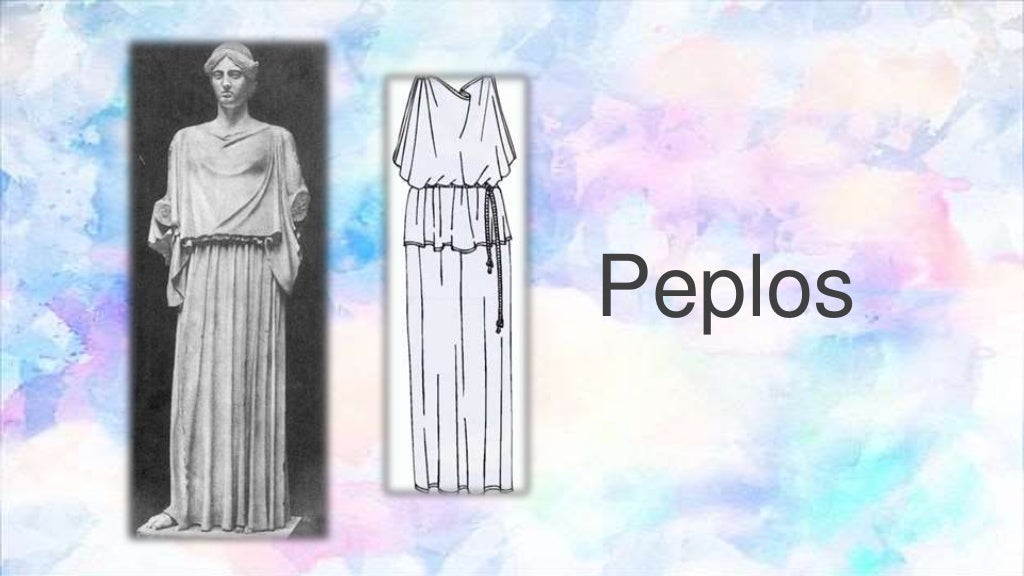
Tle presentation history of dressmaking
The silk dress, which dates to the mid-1880s, in which the pieces of paper containing the code were found. They were tucked in a hidden pocket, the opening of which was hidden by an overskirt.
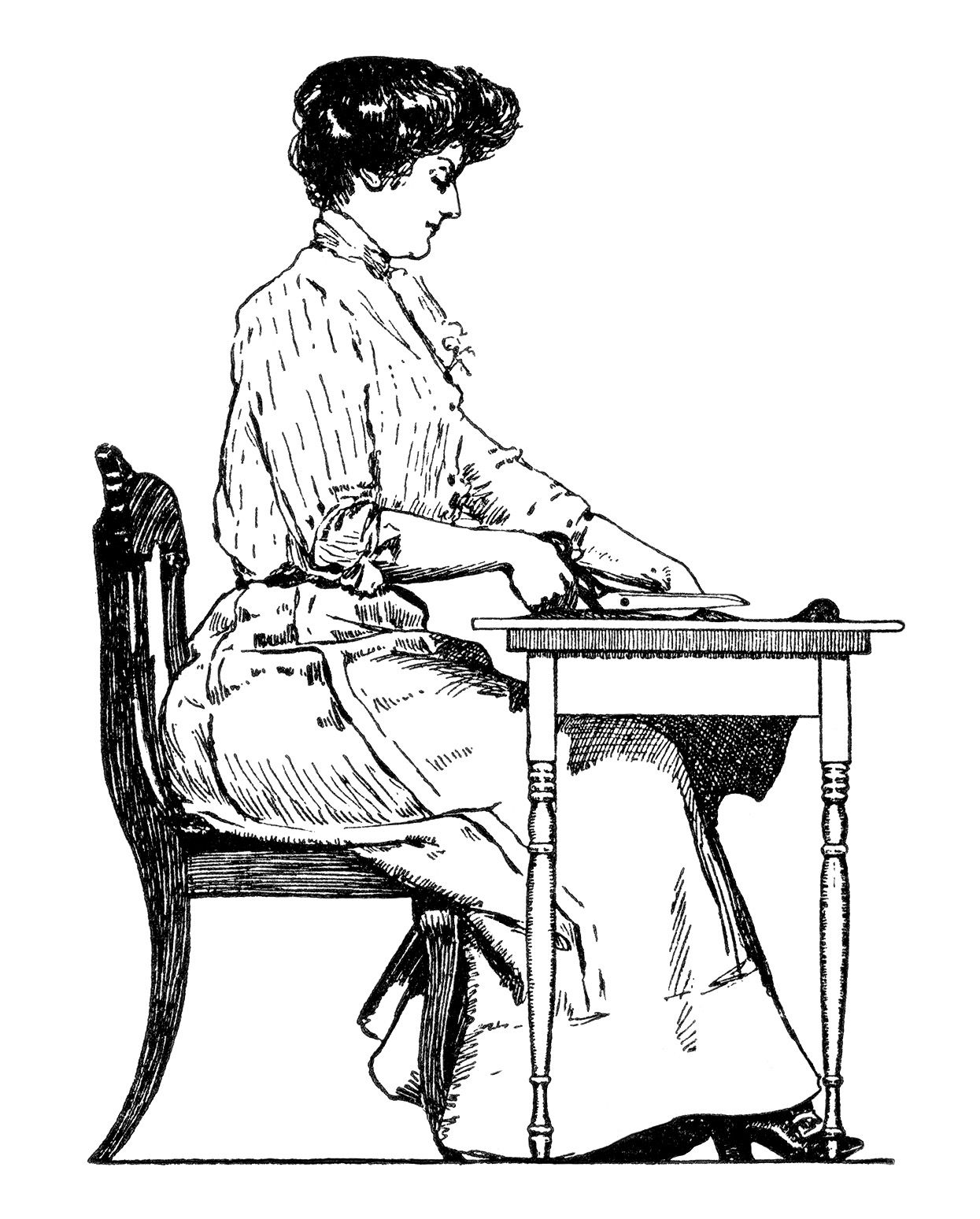
OLD FASHIONED CLIPART FREE 233px Image 7
We can trace the origin of dresses back to the beginning of humanity when humans formed different social groups or tribes. These social groups grew into communities and even cities. The expansion led to a need to distinguish one tribe from another, and dresses helped to do this. Mesopotamian Dresses The Mesopotamian dresses began the fad.
LORNE HILL FARM A short history of dressmaking
A Cultural History of Dress and Fashion is a valuable addition to the expanding literature on the place of clothing in the development of society in Europe and America. In volumes ranging from Antiquity to the present, scholars have addressed connecting themes with skill and care. Their work captures key developments in the evolution and.

Make it Today Issue 10 Dressmaking Preview Dressmaking, Easy wear, How to make
3 minutes The icon indicates free access to the linked research on JSTOR. How well do your clothes fit? In the nineteenth century and earlier, the creation of well-fitting clothes relied on expert women dressmakers. Now, many of us can make our own clothing thanks to the proliferation of the sewing machine and graded patterns.
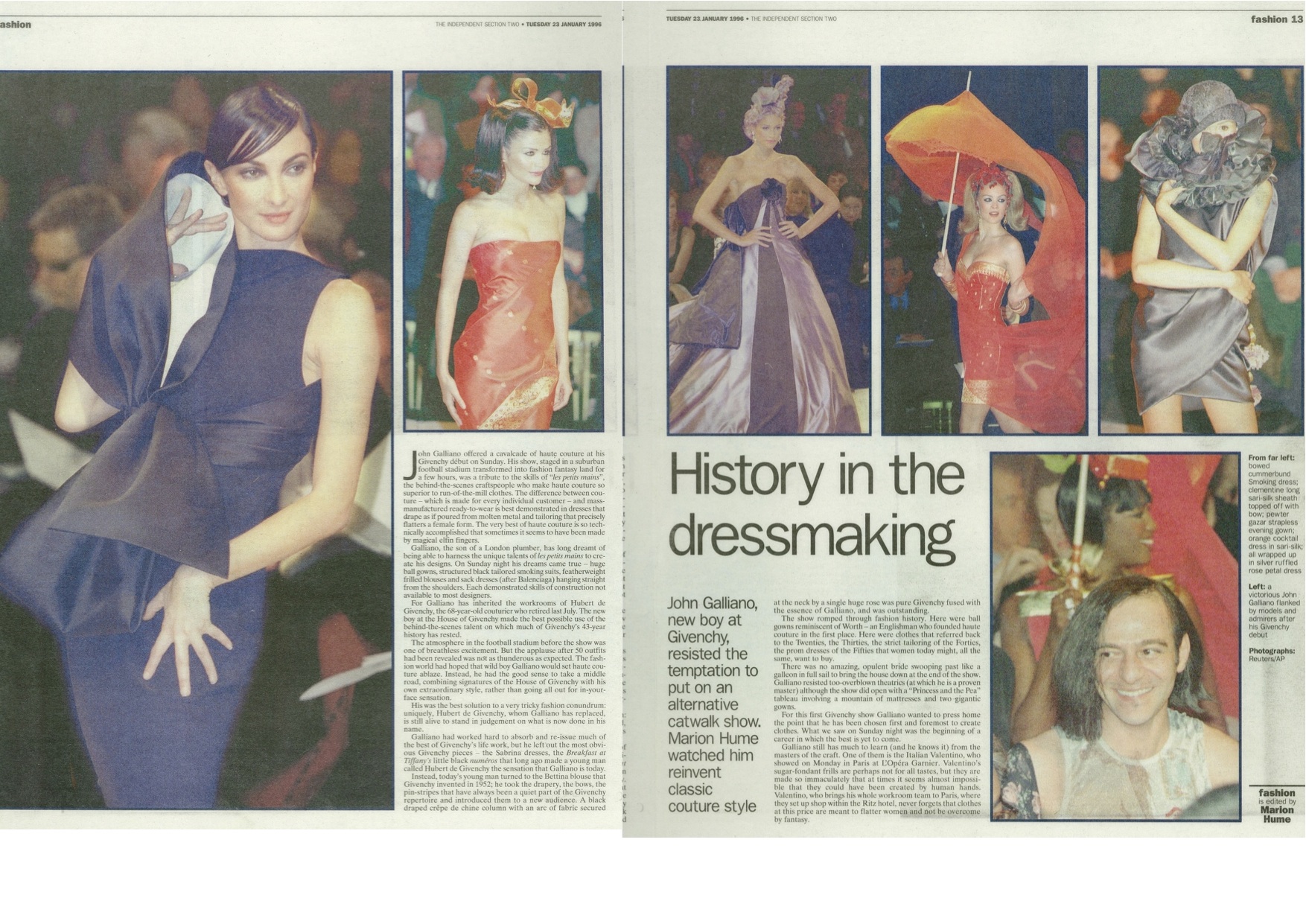
History in the dressmaking John Galliano The indePendent Marion Hume
Some historians would even argue that the history of dressmaking goes back as far as the invention of the needles. Once woven fabrics, like linen and silk, became the norm, dressmaking as a career became very popular and commonplace.

BOOK (1934) First Steps in Dressmaking / Woman's Institute of Domestic Arts Series, Women
In 1846, Elias Howe, an American engineer patented the first practical sewing machine which used a lockstitch design. Whilst he was not the first to formulate the idea of a sewing machine, Howe made adjustments which improved the performance of the machine significantly. He spent around 8 years on the development of his device.

Tle presentation history of dressmaking
As a result of the growth in dress studies by the beginning of this century, it was decided to create a successor to CHODA, which would widen the constituency and scope of the subject, the aim of The Association of Dress Historians (ADH) when it was set up in 2011. The success of the conference, Out of the Dark and into the Light?
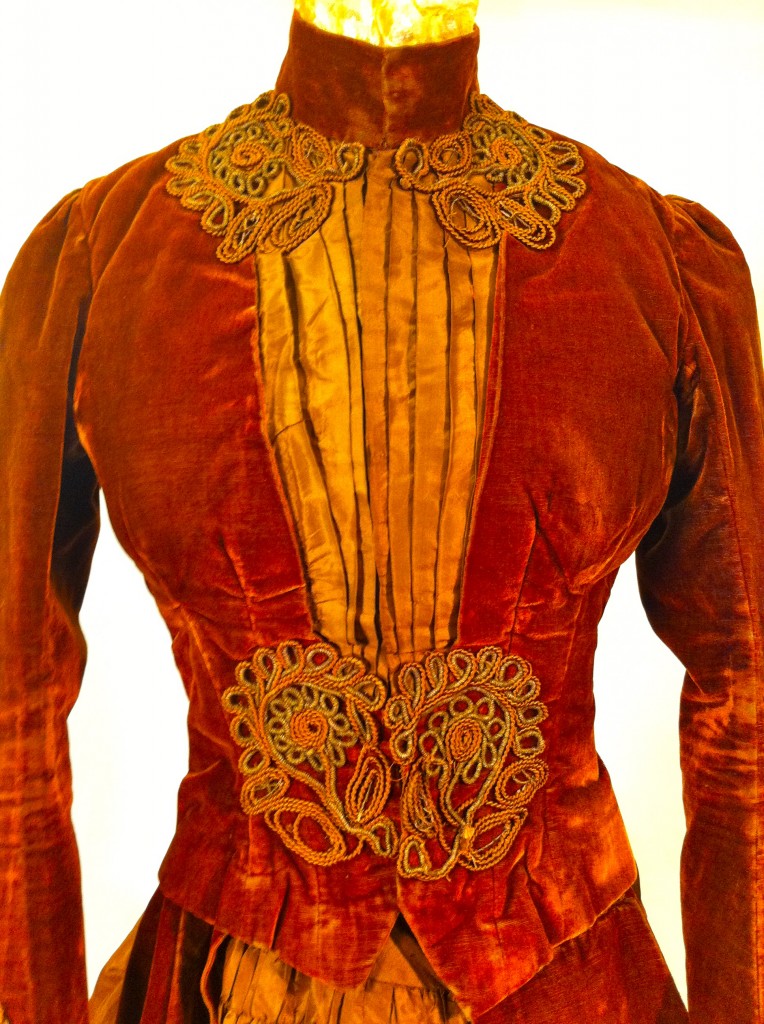
Innovations in 19th Century Dressmaking
J. W. Barber (1994) suggests that the Latin word tunica derives from the Middle Eastern word for linen and she believes that the tunic originated as a linen undergarment worn to protect the skin against the harsh, itchy feel of wool.

Vintage 50s Sewing Pattern Drafting Book by allthepreciousthings, 42.00 Pattern Drafting
Dress history Fashion plate, 1835. Journal des demoiselles Dress history is the study of history which uses clothing and textiles to understand the past.

A Brief History of Paper Patterns and Home Dressmaking in the 1930s Tilly and the Buttons
During the 20th century, for example, improved communication and manufacturing technology enabled new styles to trickle down from the elite to the masses at ever faster speeds, with the result that fashion change accelerated.

Day dress ca. 190405 Victorian fashion, Edwardian clothing, Historical dresses
Sure there are 3D-printed ensembles, but the focus is literally embodied by the title, displaying the range of construction techniques from the rise of haute couture in the 19th century to the.

Pin on Modern Historical Creations
1. Fabrics of Splendor: 2. Seamless Lines and Curves: 3. The Rise of Fashion and Self-Expression: 4. The Influence of Art on Fashion: 5. Tailoring Gets a Boost: 6. The Birth of Fashion Capitals: Industrial Revolution: The Industrial Revolution transformed the dressmaking industry, with the advent of sewing machines and mass production.